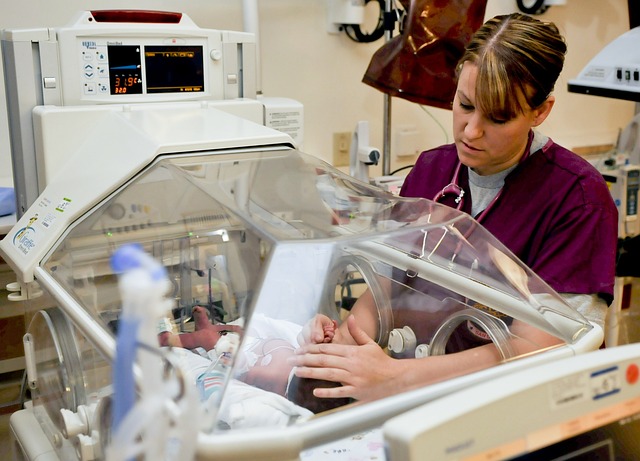Share This Article:

Sarasota, FL (WorkersCompensation.com) – Although the pandemic has passed, the cost of caring for patients has continued to rise. According to an April report from the American Hospital Association, average drug costs per patient increased 31.6 percent from 2021 to 2022. Additionally, supply costs per patient increased by 18.5 percent, and medical supply costs increase by 32 percent during the same time period.
Furthermore, healthcare has continually faced increases in staffing costs, as well as staffing shortages that ultimately influence patient care and outcomes. Not only are healthcare organizations struggling to keep up with patient care, they are losing a vast amount of knowledge in multiple areas in the providers and workers that are exiting healthcare, according to a recent analytic report from Definitive Healthcare.
From 2021 through Q1 2023, over 145,213 providers left the healthcare industry. Of those, 71,309 were physicians, equating to 6 percent of the profession. The number of nurses that left totaled 34,834, accounting for 9 percent of their provider level. A total of 13,714 physician assistants left, equating to 8 percent of their profession. Eleven percent of physical therapists and 9 percent of clinical social workers left healthcare during the same term.
The demand for travel nurses suddenly increased in 2021 by over 40 percent, pushing many nurses to transition from their steady hourly jobs. However, the demand for travel nurses suddenly dropped in early 2022 by 42 percent, which left nurses suddenly in a bind to accept lower paying jobs they may have declined under different circumstances. This left many nurses dissatisfied with their jobs.
When broken out by specialty, internal medicine saw the greatest exodus of providers at a reduction of 8,718 providers, followed by family practice at 7,842 providers. Psychology and psychiatry also saw a great reduction in the number of providers available. Over 5,985 psychologists left healthcare, and 5,059 psychiatrists left as well. Emergency medicine saw a decline of over 3,207 providers, and general surgery lost 2,134 physicians from 2021 to 2022.
According to the Definitive report and Becker’s Hospital review, South Carolina is the top state with critical hospital staffing shortages at 26 percent. Maryland is ranked second at 24 percent, following by Michigan at 17.3 percent, Delaware at 10 percent, and Virginia at 9 .6 percent.
In addition to access to care, one big concern in light of excessive staffing shortages is patient safety. The report states that around 34 percent of physicians worldwide have noted an increase in medical errors, which they attribute to staffing shortages and an increased level of burnout due in part to being overworked. According to one report from Johns Hopkins, 250,000 deaths a year can be attributed to medical errors.
While an employee can be replaced, the knowledge that employee possess can not always be replaced. With such a large exodus of experienced healthcare employees leaving the industry, the overall average of clinical experience that is left is lowered as well. Additionally, the opportunities for less experienced staff to learn is greatly diminished, and that loss can ultimately impact future medical decision making.
By 2032, it is estimated that 73 million adults will be over the age of 65, and will require 42 percent of the physician demand. At the same time, 45 percent of physicians are currently older than age 55,and more than 40 percent of currently active physicians will be over the age of 65 in the next ten years. The average age of occupational medicine providers is now 57, and the average age of general practitioners is 59.
Between provider retirements, worker strikes and high levels of burnout, healthcare has got its work cut out in navigating the challenges that come with providing timely care to patients. Healthcare organizations are taking steps to implement more automation in their processes, improving work environments and attitudes, and developing stronger mental health programs. While these efforts may offer some improvements, it will certainly take a multi-faceted approach for all levels of workers to address staffing issues and continue providing access to care.
AI california case file case management case management focus claims compensability compliance courts covid do you know the rule exclusive remedy florida FMLA glossary check health care Healthcare hr homeroom insurance iowa leadership leadership link medical NCCI new jersey new york ohio osha pennsylvania roadmap Safety safety at work state info technology texas violence WDYT what do you think women's history women's history month workcompcollege workers' comp 101 workers' recovery Workplace Safety Workplace Violence
Read Also
About The Author
About The Author
-
F.J. Thomas
F.J. Thomas has worked in healthcare business for more than fifteen years in Tennessee. Her experience as a contract appeals analyst has given her an intimate grasp of the inner workings of both the provider and insurance world. Knowing first hand that the industry is constantly changing, she strives to find resources and information you can use.
More by This Author
Read More
- Jun 30, 2025
- Frank Ferreri
- Jun 30, 2025
- Chris Parker
- Jun 30, 2025
- Chris Parker
- Jun 30, 2025
- Frank Ferreri
- Jun 26, 2025
- Liz Carey
- Jun 26, 2025
- Frank Ferreri




